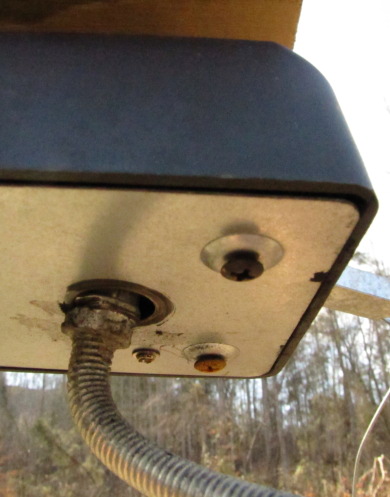
Rotisserie motor deer deterrent update

It turns out that the new
rotisserie motor deer deterrent isn't as hearty as I originally
thought.
I think it may have been too
much pressure on the motor shaft because the metal that started out
lightly rubbing on each other ended up wearing down till the movement
was hindered.
The motor is still working,
it just wobbles to the point of being non functional. I still like this configuration better than the previous
incarnation, and with a
bit of tinkering I think I should be able to figure out some way to
reduce the friction and prevent any future grinding of metal parts.
Want more in-depth information? Browse through our books.
Or explore more posts by date or by subject.
About us: Anna Hess and Mark Hamilton spent over a decade living self-sufficiently in the mountains of Virginia before moving north to start over from scratch in the foothills of Ohio. They've experimented with permaculture, no-till gardening, trailersteading, home-based microbusinesses and much more, writing about their adventures in both blogs and books.
Want to be notified when new comments are posted on this page? Click on the RSS button after you add a comment to subscribe to the comment feed, or simply check the box beside "email replies to me" while writing your comment.

Mark,
The way you constructed this device puts a bending moment on the motor axle that it wasn't designed for. Luckily there is a simple solution for this problem.
Next time, take a length of steel strip and drill three holes in it; one on both ends and one in the middle. Use the middle hole to fix it to the axle of the motor. Put a chain with a equal weight on it at each end. That way the forces balance out. And you get twice as much noise to boot.
Note that this is still not the way a rotisserie motor is meant to be loaded; the weights could pull out the bearing. If that happens you'll need to decouple the rotor from the engine, using a separate bearing for the rotor. But that would complicate it somewhat.